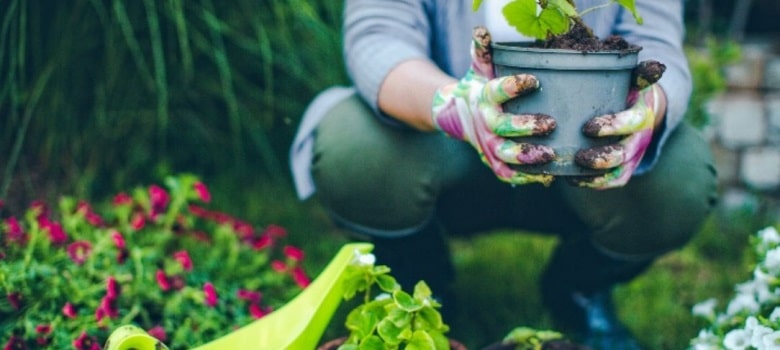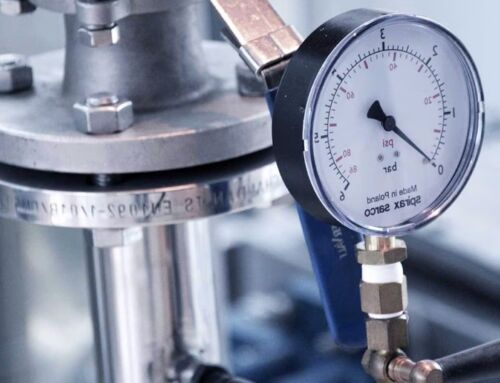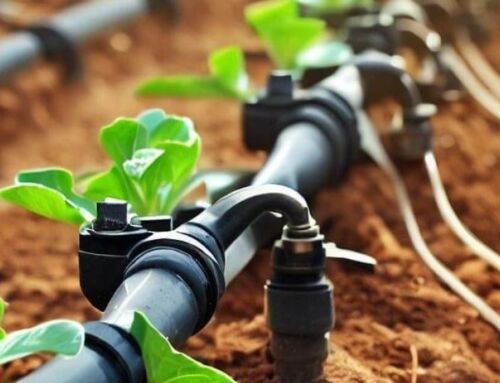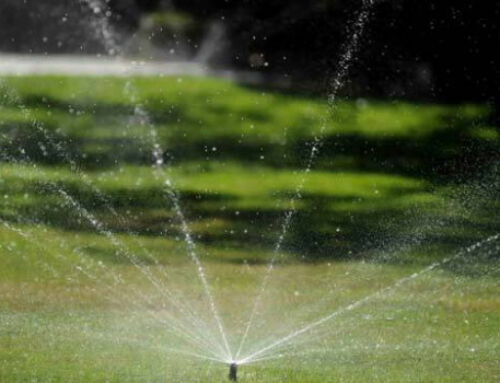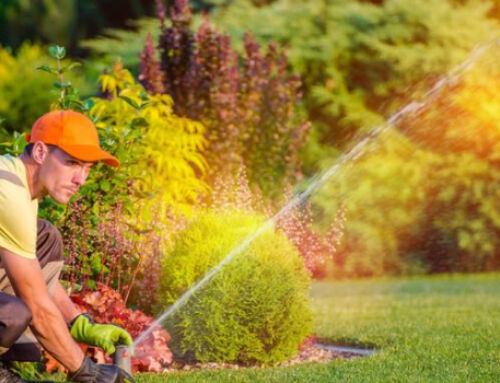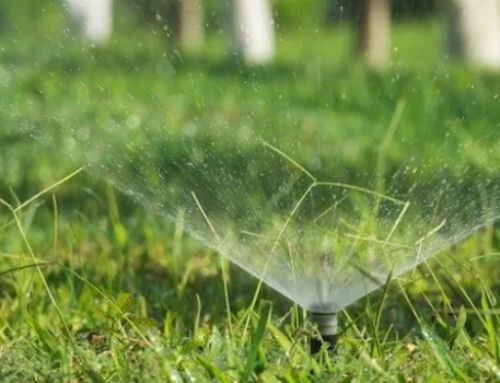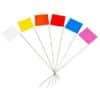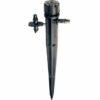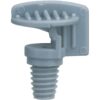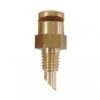When it comes to spending time outdoors and enjoying nature, gardening and planting are two popular options that have been around for centuries.
But hold on…
What’s the difference between gardening and planting? Is there even a difference? And how can you get started in your yard?
In this guide, we’ll answer those questions (and plenty more).
Put simply, gardening isn’t just about sowing seeds. It involves landscape design, pest control, and nurturing plants through their life cycles.
Planting, on the other hand, is the act of placing plants into the soil. It’s the foundational step in both gardening and agricultural processes, vital for initiating the growth of every green life form.
Whether you’re a seasoned green thumb or a budding plant enthusiast, read on as we shed light on these two outdoor activities and give you the tools to get started.
Let’s dig in.
Gardening and Planting: Pros and Cons
Gardening and planting, while often used interchangeably, offer unique benefits and challenges, especially in a diverse climate like Melbourne’s.
Understanding these can help you make the best choice for your green space.
Gardening
Pros:
- Environmental Contribution: Gardening goes beyond aesthetics; it significantly enhances local biodiversity and supports ecosystems.
- Health and Wellness: Engaging in gardening activities can significantly improve physical health and mental well-being.
- Personalisation and Creativity: Gardening allows for a high degree of personalisation. From selecting plant types to designing layouts, it’s a canvas for creativity.
- Sustainable Living: With an emphasis on sustainable practices, gardening can reduce your carbon footprint by fostering a more eco-friendly lifestyle.
Cons:
- Time and Effort: Effective gardening requires a considerable amount of time and effort, especially in maintenance.
- Knowledge and Skill: To achieve a successful garden, a fair bit of horticultural knowledge and skill is needed.
- Cost: Depending on the scale and types of plants, gardening can be an expensive endeavour.
- Climate Challenges: Melbourne’s variable climate can pose challenges, requiring adaptive strategies and constant vigilance.
Planting
Pros:
- Simplicity and Accessibility: Planting is a straightforward process, accessible to people of all skill levels.
- Instant Gratification: The act of planting can provide immediate satisfaction as you see your garden take shape.
- Foundation for Growth: It’s the essential first step in both gardening and agricultural processes.
- Versatility: Planting can be done in various settings, from small containers to large garden beds.
Cons:
- Limitation in Scope: Planting is just the beginning. Without proper follow-up care, plants may not thrive.
- Seasonal Restrictions: Certain plants can only be planted in specific seasons, limiting year-round activity.
- Pest and Disease Risks: Newly planted areas can be susceptible to pests and diseases.
- Environmental Impact: Without mindful practices, planting can negatively impact the local ecosystem, such as through water usage or the introduction of non-native species.
Both gardening and planting have their own set of advantages and challenges.
In Melbourne, where the climate and urban landscape are as varied as the people, understanding these pros and cons is key to creating and maintaining vibrant, sustainable green spaces.
Gardening and Planting Compared
Let’s break down these options through key comparison factors: efficiency, cost, durability and lifespan, aesthetics, and environmental impact.
Efficiency
- Gardening: Gardening is a long-term commitment, often less efficient in the short term due to its broad scope. However, its efficiency shines through in maintaining a healthy ecosystem over time.
- Planting: Planting is more efficient in the short term. It’s about getting plants into the ground quickly, but it may lack the broader, more sustainable benefits of gardening.
Cost
- Gardening: Initially, gardening can be costly, considering the tools, plants, and materials required. However, it can be cost-effective in the long run through sustainable practices like composting and propagating plants.
- Planting: The cost of planting is generally lower, focusing mainly on the purchase of seeds or seedlings. However, without proper gardening techniques, ongoing costs may arise from replacing unsuccessful plantings.
Durability and Lifespan
- Gardening: Well-maintained gardens often have a longer lifespan and greater durability against environmental stressors due to the diversity of plant life and sustainable practices employed.
- Planting: The durability and lifespan of plants are generally lower if not followed up with proper gardening care. Plants may be more susceptible to diseases and climate change.
Aesthetics
- Gardening: Gardening allows for a more aesthetically pleasing environment. It offers the flexibility to design and evolve the landscape, creating visually stunning spaces.
- Planting: Planting provides the initial aesthetic boost but lacks the ongoing development and design aspects that gardening offers.
Environmental Impact
- Gardening: Gardening can have a profoundly positive environmental impact. It supports biodiversity, helps in carbon sequestration, and improves soil health.
- Planting: While planting is a step towards a greener environment, its impact is limited without the holistic approach of gardening.
Other Factors
- Adaptability: Gardening is more adaptable to changes in climate and environment, whereas planting may require more specific conditions.
- Community and Educational Value: Gardening offers greater opportunities for community involvement and education about sustainable practices.
Time and Commitment: Gardening requires more time and commitment than planting, which can be a deciding factor for many.
How to Match Gardening and Planting to Your Space
Choosing between gardening and planting largely depends on your current situation, including the type of space you have, your lifestyle, and your long-term goals.
Small Urban Spaces
- Gardening: Container gardening and vertical gardens are ideal for small spaces like balconies and patios. They offer the benefits of gardening without requiring a large area.
- Planting: Small-scale plantings, like growing herbs or a few flowering plants, can bring life to limited spaces without the commitment of full-scale gardening.
Large Residential Yards
- Gardening: With more space, gardening becomes a viable option. You can create diverse ecosystems with various plant types, contributing significantly to local biodiversity.
- Planting: For those with limited time or gardening expertise, simple planting projects, such as a lawn or a basic flower bed, can be more manageable.
Rental Properties
- Gardening: Gardening might be limited in rental properties. However, portable gardening options like container gardening can be a suitable choice.
- Planting: Planting in pots or removable containers offers a non-permanent solution for renters wanting to add a green touch to their space.
Whether you opt for the comprehensive approach of gardening or the simplicity of planting, each has its unique benefits and can be tailored to fit your situation.
If you want to learn more about garden products, check out our other resources:
Final Thoughts: Choosing Between Gardening and Planting
Gardening and planting each offer unique benefits and challenges, making them suitable for different individuals and scenarios.
Here’s a summary of the key differences and pros/cons to aid your decision-making process.
- Assess Your Space: For smaller, urban spaces, simple planting or container gardening might be more feasible. Larger areas offer more room for expansive gardening projects.
- Consider Your Lifestyle: If you have limited time or prefer low-maintenance greenery, planting might be the better option. If you’re committed to a sustainable lifestyle and enjoy the ongoing process of nurturing a garden, then gardening is a great choice.
- Reflect on Your Goals: For those passionate about environmental impact and biodiversity, gardening offers a comprehensive approach. For aesthetic improvements or basic greenery, planting can be sufficient.
- Budget and Resources: Gardening can be a larger investment initially but offers long-term rewards. Planting can be more budget-friendly but may require regular reinvestment.
Whether you choose gardening or planting, each contributes positively to Melbourne’s urban landscape and your well-being.
Consider your individual needs, space, and goals to decide which green path aligns best with your lifestyle.
Looking to give your garden the best chance of health and success? Explore our popular products below:
Turn Over a New Leaf with Malvern Irrigation Supplies
As you stand at the crossroads of gardening and planting, remember that the journey to a greener Melbourne starts with a single step – or plant!
If you’re still pondering over which path to tread, or if you’re ready to leap into the world of gardening and planting but need some expert guidance, Malvern Irrigation Supplies is here to help.
Ready to Get Started? Contact Us!
- Personalised Advice: Our team of experts is passionate about helping you make the right choice for your green space. We provide personalised advice tailored to your unique needs and environment.
- Custom Quotes: Looking for a specific gardening or irrigation solution? Reach out for a custom quote that aligns with your vision and budget.
- Quality Supplies: From high-grade gardening tools to the best planting materials, we’ve got everything you need to bring your green dreams to life.
With Malvern Irrigation Supplies, creating a beautiful, sustainable, and thriving green space is easier than you think.

